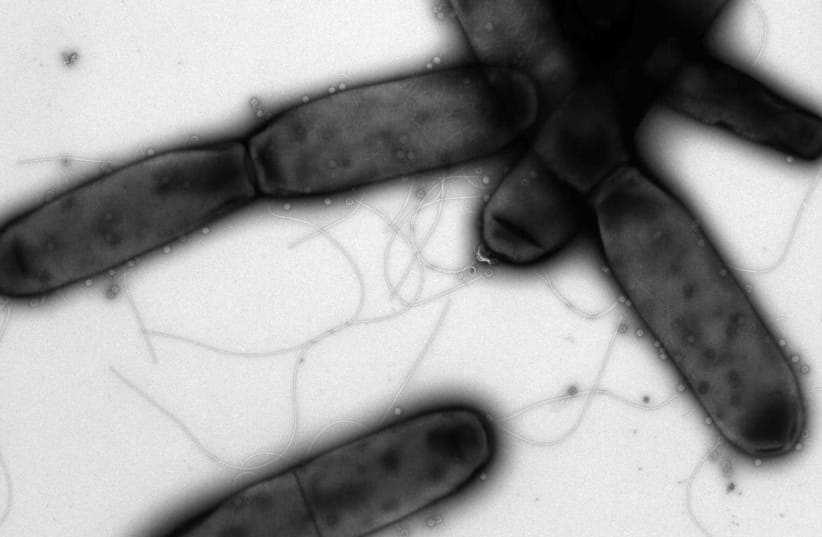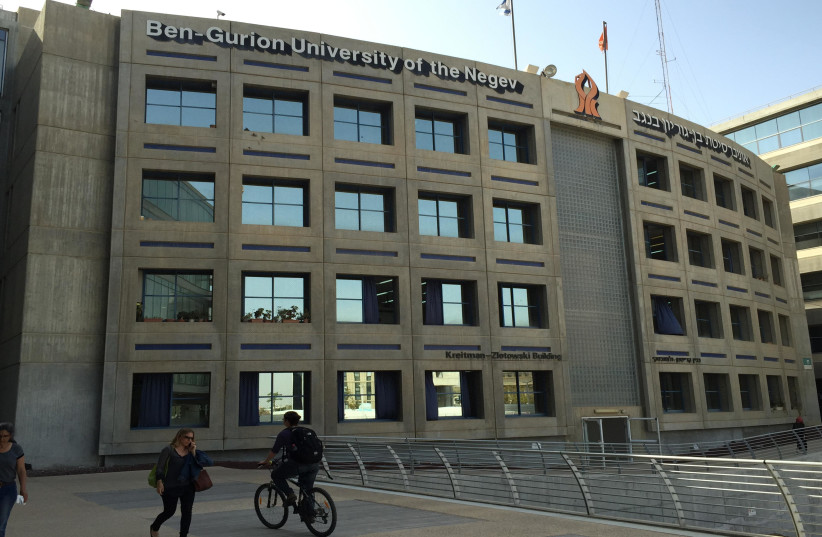A major scientific breakthrough regarding the understanding of bacterial cells was reached by Ben-Gurion University of the Negev (BGU) researchers, a statement released on Thursday said.
The BGU research group's project titled "The Cell as an Economy" studies cellular physiology through reverse engineering and comparing bacterial cell growth to an economy.
The research group looked to discover what determined the cellular growth rate in a given environment, as understanding the factors that determine bacterial growth is important to develop better antibacterial agents in an era where antibiotic effectiveness is deteriorating at an alarming rate.
Rather than focusing on one aspect of bacteria, the research team modeled the entire cell as a growing economy, using a concept known as Leontif's input-output model, which was developed to understand economic growth.
"Think of a bacterium as an economy that produces all of its machines using a giant 3D printer, which can also print copies of itself," explained Dr. Rami Pugatch, head of the BGU research team. "Using this model, you can devise laws that explain the growth of this unique type of economy," he said.
Prior to BGU's research, a well-known bacterial growth law attributed such growth to the fraction of ribosomes involved in synthesizing more ribosomes times the ribosomes’ synthesis rate. While this law was experimentally shown to be valid in an impressive variety of biological circumstances, a few cases did not follow it.
Using their findings, Dr. Pugatch's team, which includes Dr. Anjan Roy and Dotan Goberman, were able to discuss the validity of both known and novel types of growth laws. The team was also able to derive mathematical laws that explain how growth is affected by temperature or by the presence of antibacterial agents.
The research, published in the journal Proceedings of the National Academy of Sciences (PNAS), was supported by the Israel Science Foundation.

